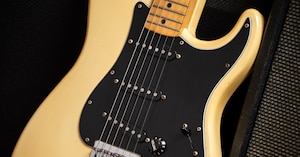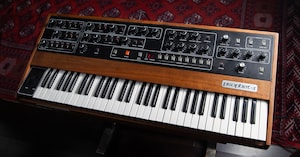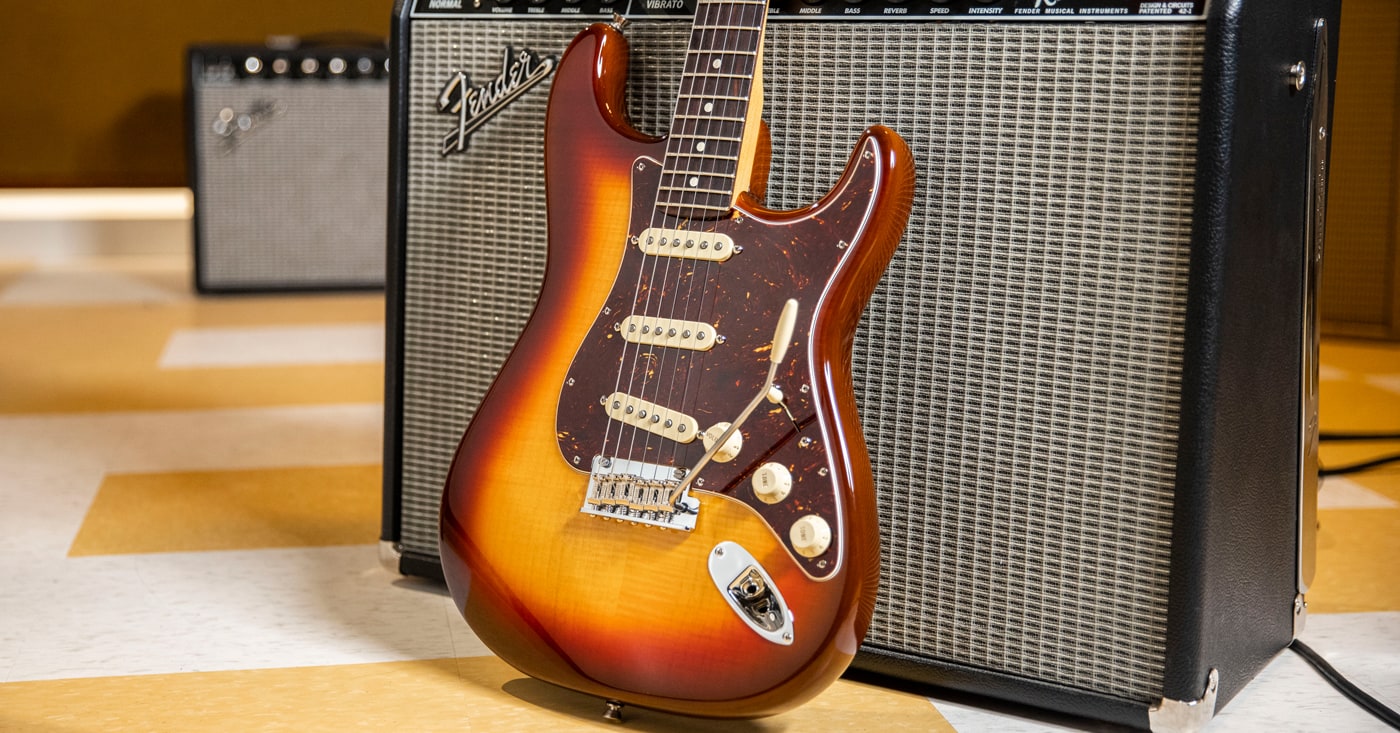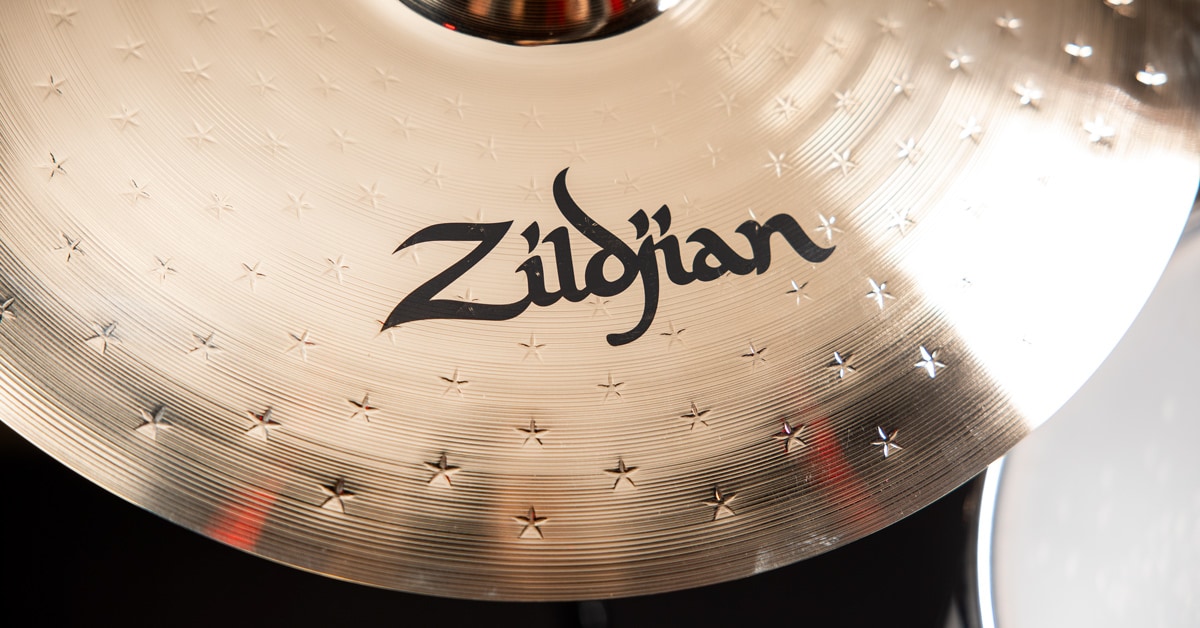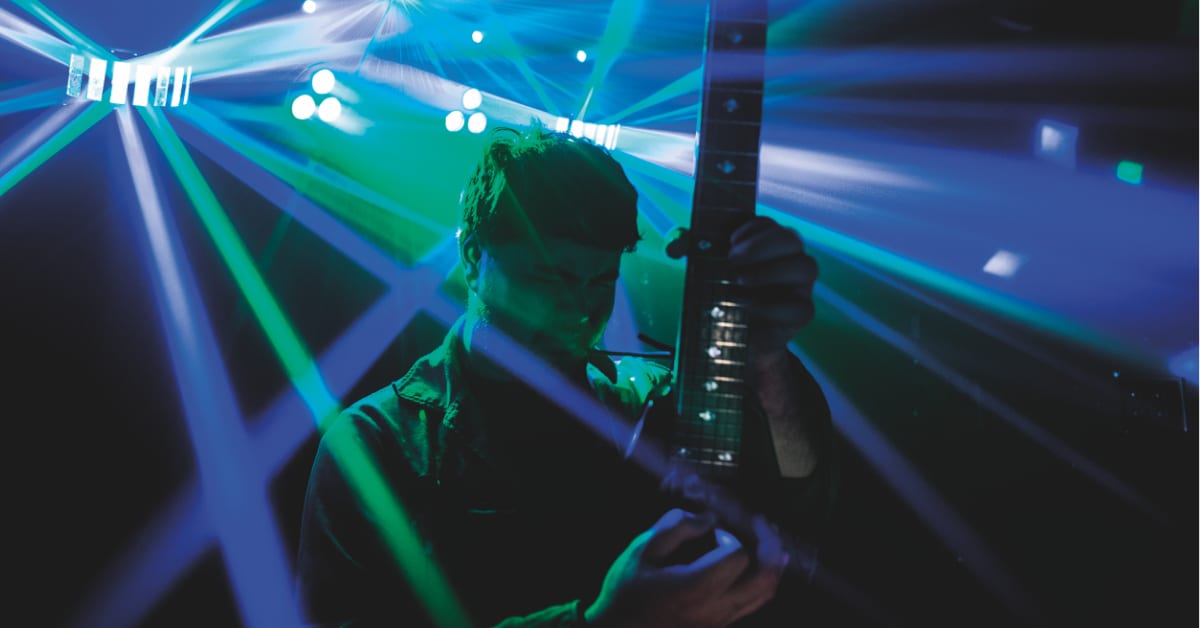You’ve spent hours, even days, getting just the right tone. Then, weeks or longer getting your song to sound just how you imagined. But how do you recreate that same studio sound on stage? Maybe you’ve found the perfect pedal settings and signal path for your guitar, bass, keyboard or vocals, or created something more complex like an electronically composed piece of music. For the former, it may be as simple as taking your pedalboard with you, but for the latter you may need to come up with some unique ways of reinterpreting your music for a live performance. Either way, there are bound to be endless options for how you choose to make the move, and hopefully this will get you thinking about going live with your signature sound.
Replicating the same quality of your recorded work on the stage is not as easy as it seems. For guitarists and bassists, your tone is usually dictated by the rest of the band. Finding the right frequency range to fit the mix is going to determine the type of effects you’ll use. You may just need to bring your pedalboard and amps to the gig with you. In some cases, it means bringing multiple instruments and pieces of gear with you to achieve different results. But most importantly for a live band, the best way to achieve a great sound on stage is to have the right PA system, speaker placement, mics and a great mix engineer who understands how to achieve your band’s overall sound. But what about solo artists or producers who don’t have the luxury of playing with a backing band? This takes more planning and some creativity to recreate a similar experience when you play live.
Luckily with the technology available today there are multiple ways you could achieve this. The easiest way could be to perform a stripped down version of your song, right down to a single instrument. There are a lot of performers who’ve developed their sound in front of people by playing intimate house concerts and other small acoustic environments where solo acts shine. In these cases, it’s more about the core structure and emotion of your song, and less about the fancy production tricks and effects used when recording it. However, this approach isn’t for everyone. Some of us want to give our audiences the full sound and power of the record they’ve come to know and love. In these instances, you’ll want to consider taking your finished song and breaking it down to individual stems and loops that you can “perform” live on stage. It’s like being the musical director of your own personal backing band.
There are numerous ways to achieve this one-man-band style of performance, including hardware samplers and loopers like a Roland SP-404A or an Akai Professional Force, as well as popular software and hardware hybrids such as Native Instruments’ MASCHINE production system and Ableton’s Live and Push controller combinations. This approach may require some additional pre-planning and production to figure out which parts work best as loops and which parts you should be playing along with live. This is becoming a more common approach to live performances, especially with the popularity of electronic music and hybrid production styles.
Maybe you’ve used a combination of software and hardware instruments like drum machines, synths and samplers on your record, in which case you’ll want all of those sounds with you on stage. Thankfully, today’s modern hardware can easily be synced to your computer and each other, allowing you to playback parts of your song using MIDI tracks you’ve sequenced on the computer while you tweak the effects and parameters of your instruments to add movement and depth to your song. Incorporating a foot controller can be a great asset while your hands are busy at work, or you might want to think about adding a central command center like the Pioneer Squid, which is capable of sequencing and controlling all of your hardware simultaneously.
There’s no right or wrong answer when taking your music from the studio to the stage. The most important thing is to get your sound across to your audience in a way that will create an emotional attachment to your music. While it can certainly be a challenge trying to reconstruct your music in a live setting, the reward is worth every bit of effort. So get out there and start creating. You’ll figure out the rest of the puzzle when you’re ready to perform.


